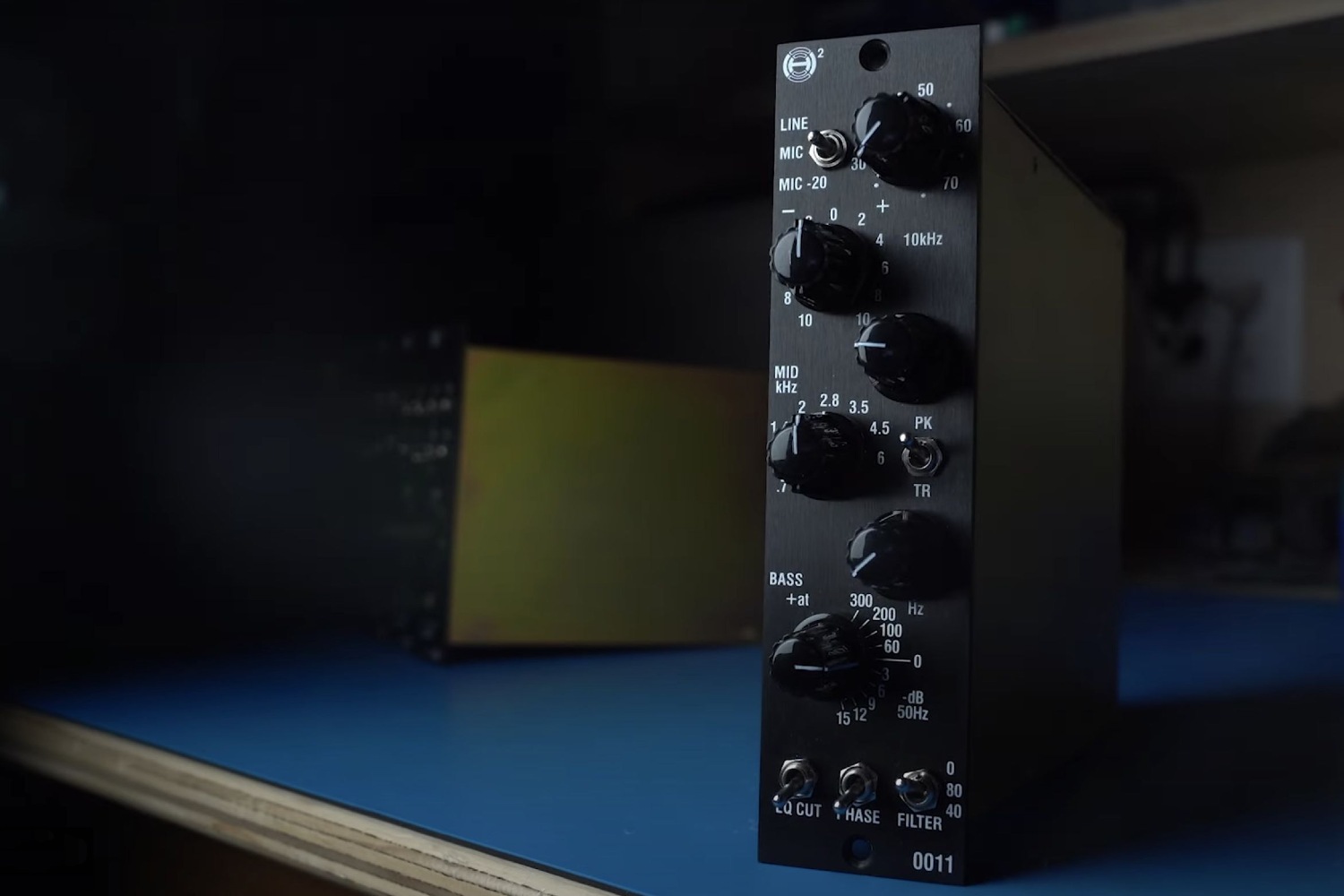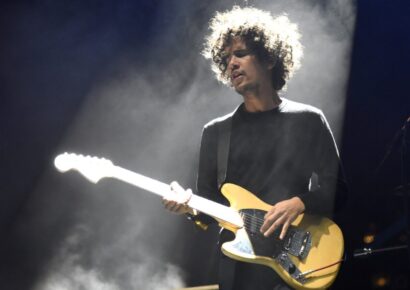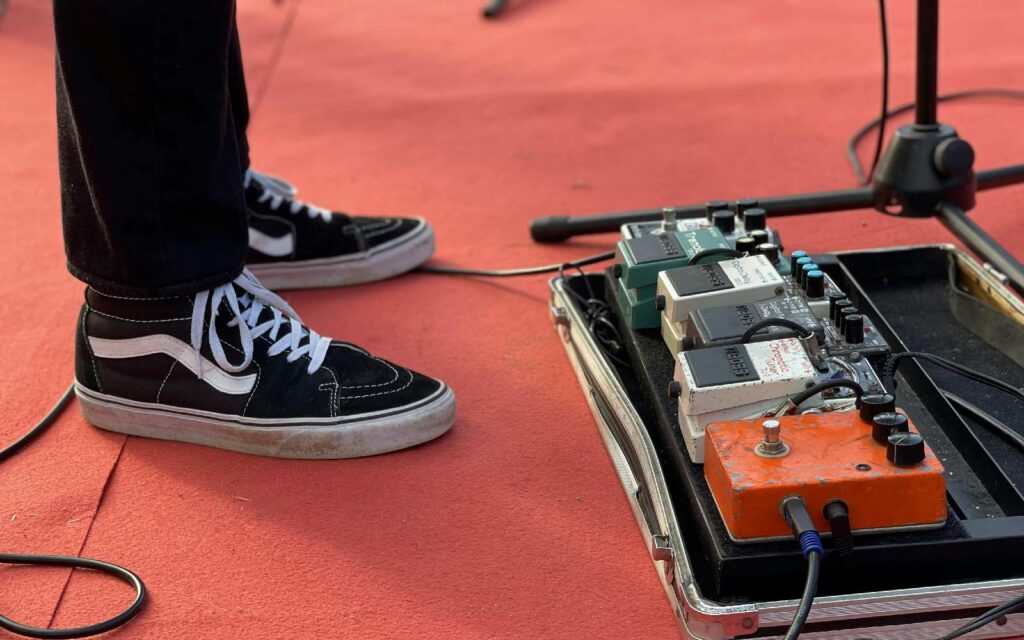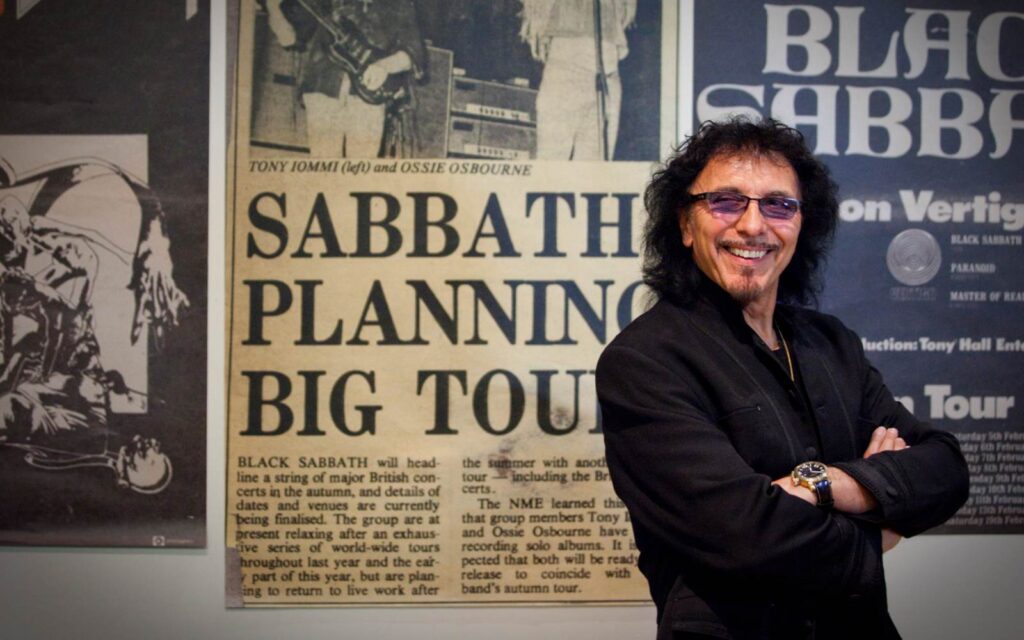The revival of Helios is spearheaded bu Al Sutton, Grammy Winning Producer, Perry Tell, Major Label Recording Artist, Tim Mead, Pro Audio Engineer & Technician.
Recreating some of the most iconic audio circuits in history is no small feat, so for us gear nerds and lovers of legit studio prestige, H2 Audio are the Helios ambassadors we’ve been searching for.
Birthed in an era where what defined a true recording engineer was in one’s ability to capture a sound and vibe with truly limited gear, Dick Swettenham’s audio company Helios Electronics was indeed the perfect sonic companion for some of the worlds most influential engineers, producers and associated studios in the late 60’s and 70’s. When the audio world was transitioning from tube to transistor technology, Mr Swettenham showed us that a simple circuit design really does make for undeniable sonic character and charm.
H2 Audio
Having started as a maintenance technician at the renowned Abbey Road Studios in the 1950’s, Mr Swettenham moved on to Olympic Studios where he not only became technical director but was where he started on his own audio designs. Very much at the forefront of circuit design innovation for the time, Olympic Studios found itself with a custom mixing console built from the ground up by Mr Swettenham, and this quickly spurred him to rebrand under the name Helios. Whilst Abbey Road Studios had their family of custom EMI REDD Series consoles, Olympic had their sci-fi looking Helios console, and being the first transistor based console of the time was a true innovation, becoming quite the icon.
Read all the latest features, lists and columns here.
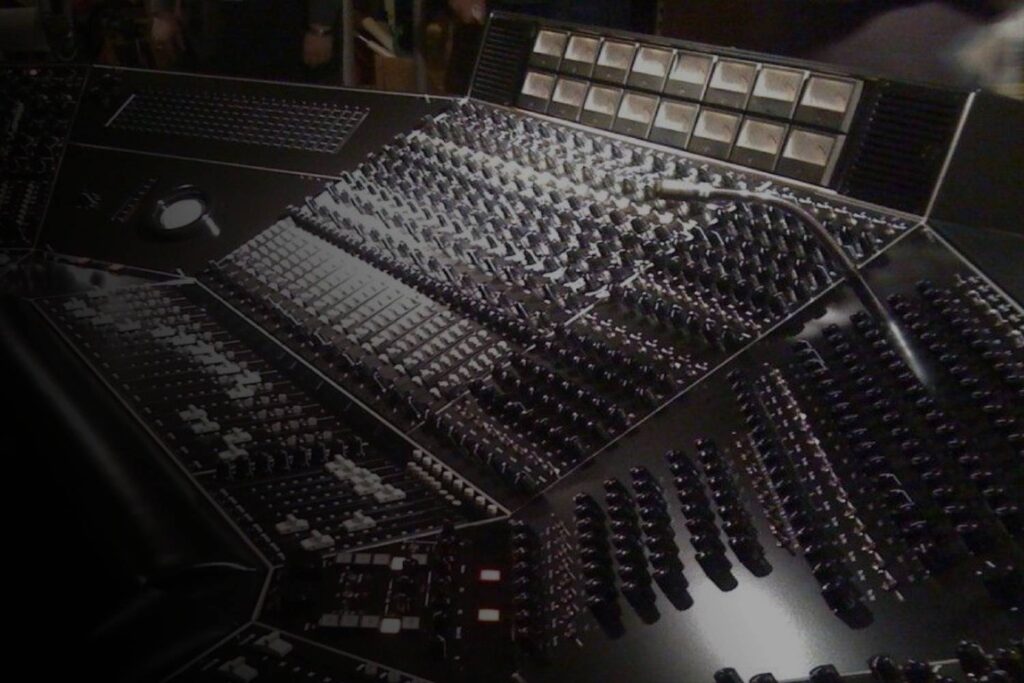
Olympic studios
Aside from the Olympic console, easily one of the most legendary consoles Helios ever built was the custom console installed into The Rolling Stones mobile record truck. Not only did this console capture much of the magic of The Stones, but was also responsible for capturing some of the most iconic records made in the golden era of British rock ‘n’ roll, including some of Led Zeppelin’s early records. Once word got out, orders from studios, producers and artists around the world flooded the Helios facility, with a total of 50 units ever made before the company ceased operation in 1979. Having recorded artists such an Jimi Hendrix, Led Zeppelin, The Rolling Stones, Eric Clapton, Black Sabbath, Genesis, Dire Straits, Jethro Tull and Bob Marley & The Wailers (to name but a few), Helios was forever imprinted into the sounds of rock n roll.
The Helios 0011 mic pre and EQ channel strip, that is colloquially known as the “Type 69”, became legendary in the pro audio world, and as the years went on, many of the original consoles were stripped down and racked up for more convenient use in studio outboard racks. The Helios 0011 was so successful, in fact, that a console filled with them made its way onto the famous Rolling Stones Mobile vehicle, a studio on wheels, as well as being heard on records from The Beatles and Jimi Hendrix recorded at Olympic studios in the late 60s, through to The Eagles, Black Sabbath and Led Zeppelin at Island studios in the early 70s. But it wasn’t just the channel strips that made up the iconic sound of Helios.
The ADR Compex F760 limiter/compressor installed in these historic boards were an enormous part of their bespoke sound. Its characterful clipping and saturation became synonymous with the Led Zeppelin drum sound (namely “When the Levee Breaks”), with its distinct pump and rambunctious thump.
Since the original Helios Electronics company closed its doors back in 1979, the company and its iconic designs were resurrected and entrusted to Tony Arnold in 1988 and continued the company’s legacy for many years.
Rust Belt Studios
It wasn’t until 2018 that the Helios name was brought back once again by three passionate, dedicated and innovative guys from Detroit, after many enthralled conversations about their collective love of the sounds of these classic consoles. Al Sutton (Grammy Award winning producer, owner of Rust Belt Studios), Tim Mead (product designer/engineer), and Perry Tell (producer, major label recording artist) set about faithfully recreating these magnificent pieces of pro audio gear, steeped in history, bringing the Helios brand back into focus under a new name: H2 Audio. Recently catching up with founders Al and Perry, we were fortunate enough to get the latest scoop on where things are at with H2 Audio and what’s on the horizon.
Certainly not just a new home and fresh face for the esteemed Helios brand, H2 Audio have certainly reignited the rock ‘n’ roll flame, bringing an excitement and boldness to this renowned brand, striving to connect with the new generation of engineers, producers and studios, familiarising them with what makes Helios so special. Whilst being obvious lovers of the original consoles, the H2 Audio founders certainly aren’t deluded by this inherent bias – on the contrary, their love for vintage and modern flavours of gear is palpable, understanding it’s not about having one piece of gear and sticking with it, but rather as Perry explained “it’s about what are you trying to achieve in your recordings. Who’s the artist you’re working with and what are the tones that they need.”
Al reaffirmed “There are different pieces of gear for different things, so they don’t really overlap.” When discussing how Al, Tim and Perry came to recreate these masterful pieces of gear, it was a simple answer for Al, “I just really wanted to recreate something that I really wanted to have as an engineer.” And with their collective experience and know-how, it was actually feasible.
Hitting the competitive pro audio market was inevitably going to present challenges (as it does with any company), and having an iconic brand name behind you can be both a blessing and a curse, coming up against the age old argument of new product vs the vintage original. But there’s really no better way of settling this than to just hear the gear. H2 Audio have been relatively humble in their approach, letting the gear do the talking in a handful of videos online including some A/B comparisons against original Helios hardware (housed in Al’s Rust Belt Studios), with the results truly speaking for themselves.
An unyielding dedication to authenticity and genuine end to end replication of Dick Swettenham’s original designs led Al and Tim to meticulously source the specific parts required to properly match the original circuits, quirks and all, as Al put it “Perfection isn’t what you look for in music”.
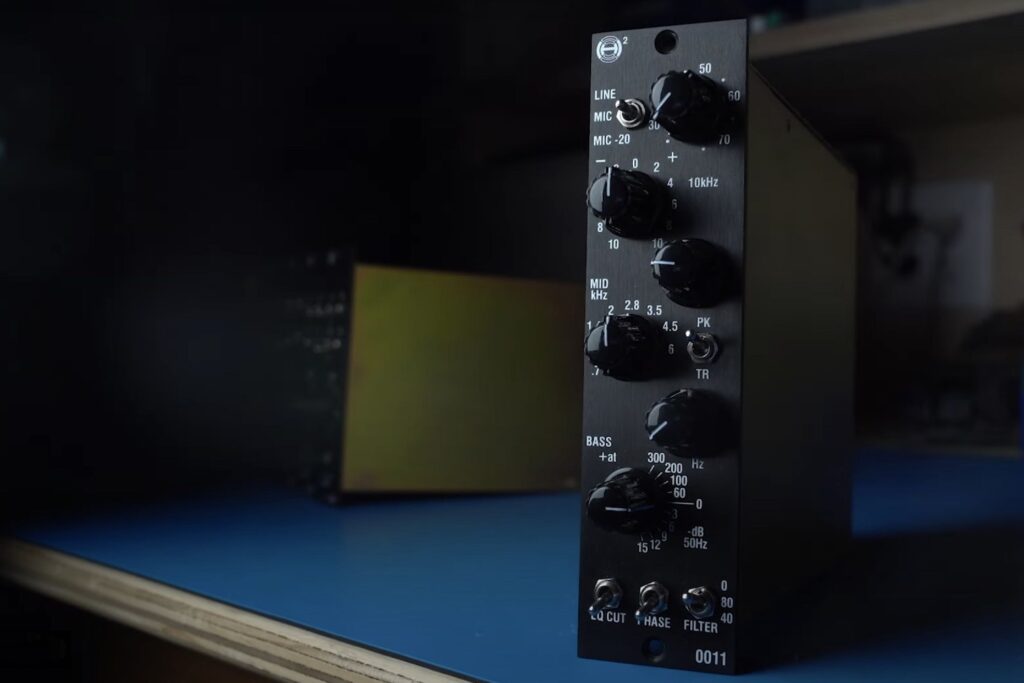
H2 Audio 0011
Anyone familiar with an original Helios module will be familiar with the Lustraphone input transformer, an integral part of the sound character of the 2128 preamp circuit and H2 Audio have matched this beautifully. The 0011 mic pre provides a mammoth 70dB of gain in 5dB increments with a 20dB pad and balanced line section. There’s something magical that lies within the inductor based 3-band EQ section of these modules, with selectable low and mid frequency bands each with a wide range of frequencies to choose from and a fixed 10kHz high frequency band. This midrange band just comes alive on guitars particularly and imparts a big sound character, something engineers have revered about this EQ circuit for decades. Phase flip, variable high pass filter (40Hz or 80Hz) and EQ bypass switches are of course included, completing this true piece of recreated history.
Aside from the mic pre/EQ modules, the current offerings from H2 Audio really do go above and beyond what one might expect from a pro audio company still very much in its infancy, despite the team admitting to feeling like things are moving a little slow – more so a reflection of their enthusiasm for their gear than anything else. Their H760 compressor/limiter module is a fastidious recreation of the original ADR Compex units licensed to Helios back in the day, and these modules both look badass and sound bombastic as hell!
In 2022, H2 Audio expanded their family of Helios products even further with their 19” rack stereo mic pre/EQ channel strip and a complete Helios channel strip featuring the 0011 mic pre/EQ plus their H760 compressor/limiter, not to mention the direct input featuring an Acme Motown transformer and circuit – boy does it pay to own a couple of pro audio companies.
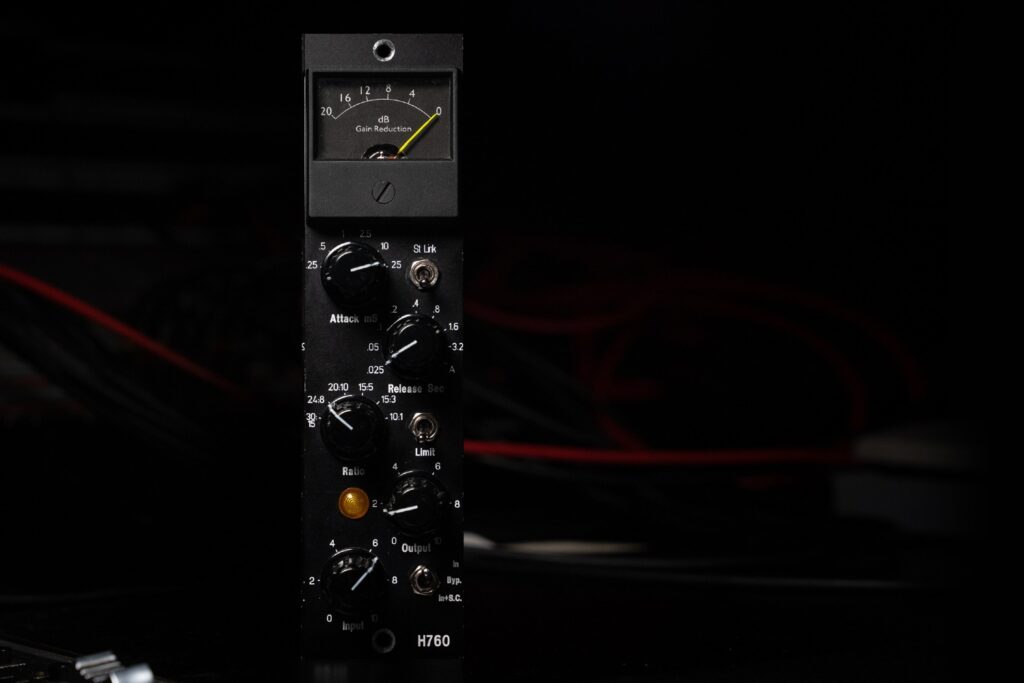
With some hints at what’s to come in the near future, H2 Audio are only on the up, with plans to expand their range much much further, and without giving too much away, things are expected to get really exciting for both the top end of town and users wanting to dip their toes into Helios on a more humble budget. With such an prestigious and iconic brand inspiring their future designs as well as their unwavering dedication to recreating the original circuits and modules, H2 Audio are sure to inspire the modern era of engineers, producers and musicians, giving us a taste of what gave so many famed recording their unmistakable vibe, which we’ve all come to know and love.
For local enquiries, visit Mixmasters Pro Audio. Keep reading about H2 Audio here.
